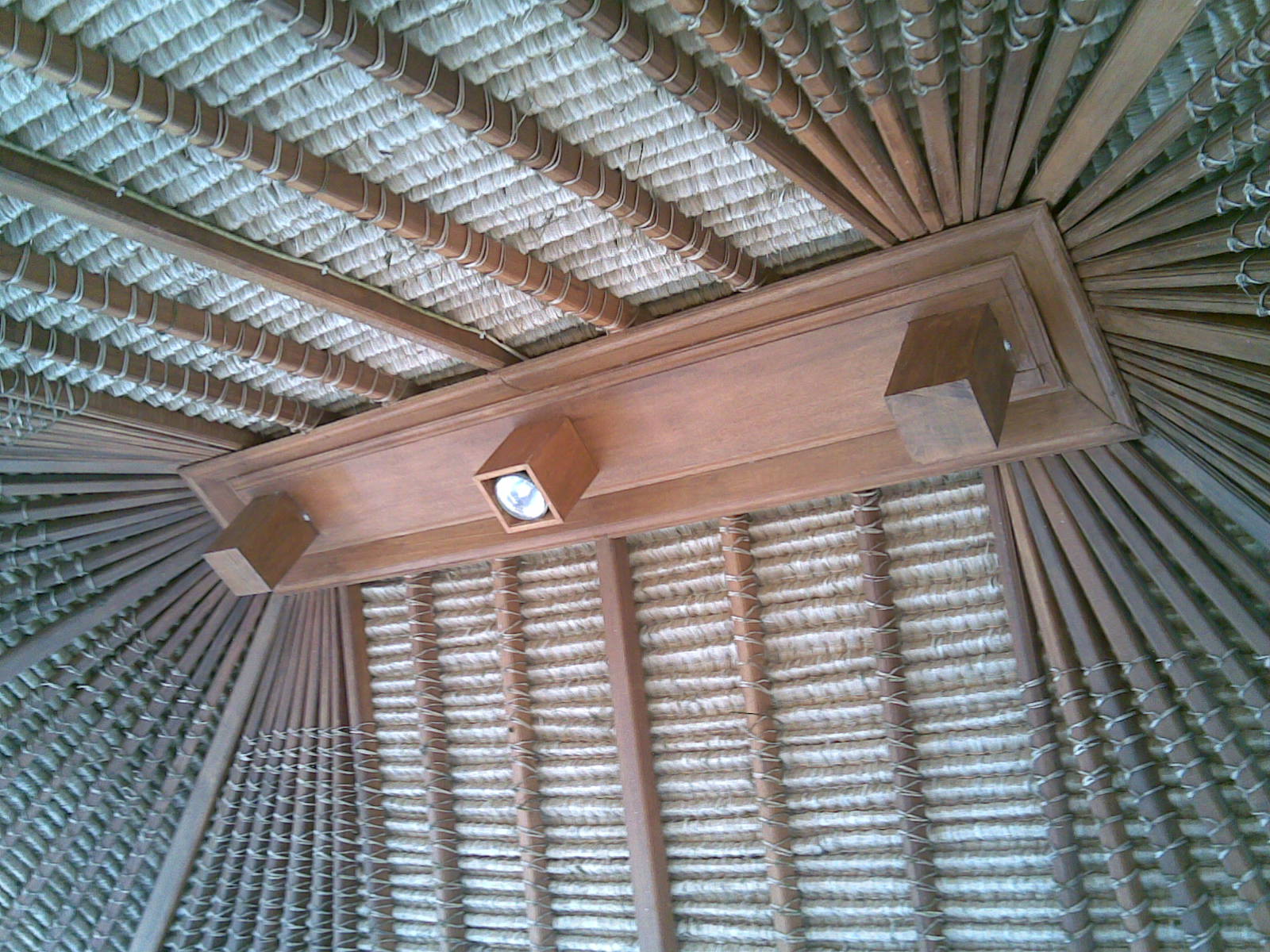
People fear the combination of wood and fire for a good reason. Historically wood has been the main construction material in many places across the world; whole cities were built from wood. The archives hold many records of cities that have burned to the ground at different points in time; in the densely built cities the fire could swiftly jump from one building to another. This memory is deeply rooted in people’s minds even today, and is not let go of so easily; according to statistics the majority of house fires still happen in wooden houses. Let me explain what exactly happens when wood meets fire.
These statistics are not only harsh; they are also unfair to wooden building industry. An in-depth research and analysis reveals that the majority of wooden house fires happen in untoward dwellings and let-down summer cottages or garden shacks rather than modern constructions. These buildings have not been constructed with precautionary measures for fire safety in mind, and people often act thoughtlessly and recklessly without taking the fire hazard factor in consideration. For example, Scandinavian countries build even eight level high wooden apartment buildings; this testifies that wood is a fire-safe material.
How safe is wood?
In order for something to catch fire, it requires the so called magical triangle – three main components. The first component is the fuel – in this particular discussion it is the wood itself. The second component is oxygen or oxidant that enables the burning of a flame. The last component is a source of ignition, which can be anything from a candle in a Christmas tree to a fault in an electric installation. We encounter the combination of the first two components every day. The only thing short from a fire is that one burning match or that thoughtless action. An important factor for fire-safety of wood is its moisture levels. Wood absorbs moisture from the surrounding environment and it releases the moisture in the environment. Wood is never completely dry. This unique property of wood is a beneficial factor for fire-safety. It is known that green wood that has been just cut will not catch fire at any cost. Water plays a big part in fires; the moisture levels of wood make wood a predictable solid fuel that burns with an even flame. Comparing to metal constructions, metal is an excellent heat conductor and it heats up quickly; once it reaches 300 to 400 degrees, it becomes deformed and the construction fails. Wooden constructions can withstand higher temperatures than that. During fires, when temperatures reach 1000 degrees, the inside of a wooden construction will never reach more than 100 degrees as long as the inner layers of wood still hold moisture. That makes a wooden house safer for an evacuation in case of an accident, and the fire can be extinguished, preserving the construction of the building.
During a wildfire in Russian forests a homeowner whose wooden house was located in the middle of the forest started watering the house; the forest burned down and other houses along with it, but the house that was being watered stayed standing and intact. The synergy of wood and water is mighty powerful and positive.
The material does not make a difference
We are not implying that wood is not flammable – any organic material is flammable. Anti-flammable solutions or flame retardants are efficient for the early phase of combustion. Flame retardants are non-organic substances that counter the burning or heating of a material. Unfortunately, construction material that has been treated with flame retardants makes the house less chemical-free; on the other hand, chemical-free “eco” construction materials are a term that has been used liberally – the much praised eco-wadding contains a high percentage of fire retardants.
Also buildings made of concrete and other non-organic materials does not eliminate potential fire hazard. People fill their homes with items, not taking the risk of fire hazard in consideration. First and foremost, all homeowners should take mindful fire-prevention measures, such as install smoke detectors that will prevent the homeowner being caught by surprise in case of a fire. Another point to recognize in older buildings is the electric installations – the homeowner should consider redoing the power grid. At the end of the day all risk factors should be assessed – where candles are being placed or whether that big, soft sofa is too close to the fireplace. A lot of preventive measures can be taken by conducting a risk analysis of the house.
In summary, fire hazard is not defined by the construction or the construction material; fire hazard is caused by our own actions. A sofa that is not placed in a safe distance from a fireplace is a much higher fire hazard than a wooden house itself.
Source: dores.lv





